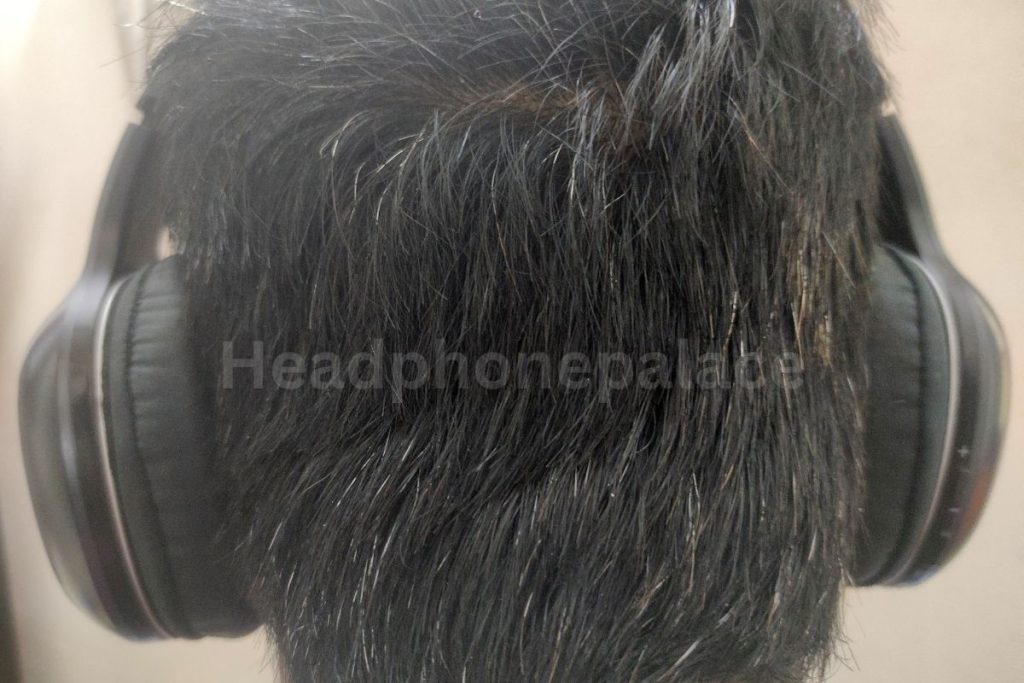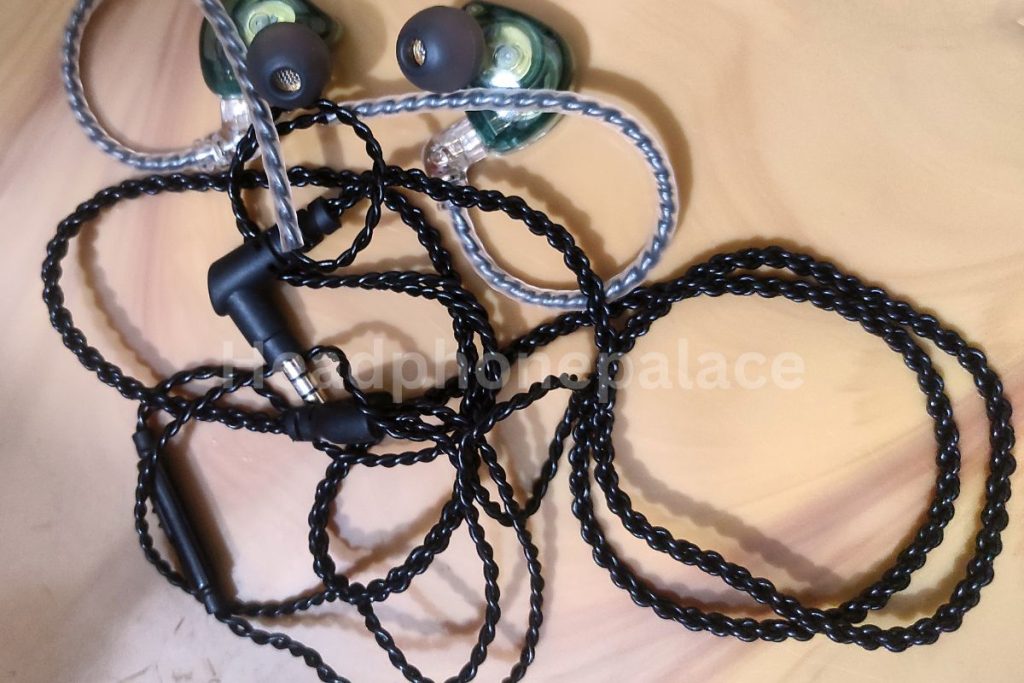Choosing your preferred headphone is almost a rite of passage.
If you agree with the above statement, then we know that you take your headphones seriously.
And you may also agree that an over-ear headphone is a style statement as well as an awesome device.
But are they really all that better from in-ear models?
Now, we know that the over-ear vs in-ear headphones question is frustrating.
But don’t worry. Let’s find out what it’s all about.
Over-Ear Headphone: Pros and Cons

Pros:
- Bass: Big, punchy, feel-it-in-your-bones bass.
- Surround Sound and Positional Audio: Gives you a truly immersive experience like no other model.
- Huge Soundstage and Detailed Audio: It opens up the soundstage and lets you hear even the tiniest detail, made possible by the bigger drivers and diaphragm.
- Comfort: Being circumaural, the earcups sit snugly without putting pressure on your ears, comfortable for hours.
- Noise Cancellation: The circumaural design is ideal for noise cancellation.
- Looks: Very cool designs. These headsets are definitely eye-catching.
Cons:
- Bulky: Since the headphone is large, using it may cause its own unique problems.
- Portability Problems: It can neither be shoved into your pocket nor without a cover into your backpack (but it can be worn around your neck!). Its earcups will not be designed to fold in, like on-ear headphone cups.
- Comfort is Subjective to Build Quality: If the headphone is not carefully designed, it can be heavy, its earpads can irritate, and the use of it can become untenable.
- Leakage: The bigger drivers of an over-ear headphone means that it can become very loud. Audio leakage is a common problem associated with over-ear models.
- Expensive: The better models are quite pricey compared to in-ear headsets.
In-Ear Headphone: Pros and Cons

Pros:
- Portability: You can just throw them in your pocket, and use a small case if you want to thrust them into your backpack. Alternatively, you can also wrap them around your neck.
- Clearer Audio: The mids and trebles come more naturally in the in-ear model. Calls are also more gratifying with this type. You can also hear all-around good music if you are not too particular about the punchiness of bass.
- Noise Isolation: These headphones plug into your ear, blocking external noise, so there is a good tight fit without discomfort. The headphone audio is therefore heard clearly.
- Fit According to Your Ear Size: Most companies of in-ear headphones take into account that every ear is unique, and offer ear tips of various sizes so that the user can have the best fit. This makes its use more comfortable for each user.
- No Leakage: The drivers of in-ear headphones can be as small as 6mm or as large as 12mm, but there will be minimal leakage, unlike over-ear headphones. There is satisfactorily loud audio without your neighbors knowing your music preference.
- It Can Fit Into the Background of Your Personality: If you are a private person who doesn’t like to attract attention to yourself, in-ear headphones can be a boon.
- Less Expensive: In-ear models are the least expensive and most popular headset models, starting at a few dollars.
Cons:
- Limited Soundstage: In comparison with over-ear models, the soundstage of in-ear headphones can seem narrow.
- Noisy Environment Can Hamper Enjoyability: While noise isolation works in moderate environments, an extremely noisy environment can make the headphone seem quiet, or crank up the audio when you put it in the maximum volume.
- Limited Bass: If you are a basshead, then an in-ear model is not for you. The audio through these headphones will seem flat to you no matter how big its drivers are.
Final Verdict: How You May Decide Your Perfect Headphone Model
After seeing the pros and cons of over-ear vs in-ear headphones, you might have already decided which one you like. We would just like to add a couple of thoughts.
Since over-ear headphones are great for sound-mixing and studio work, you see a lot of professionals with the best headphones of this model.
This does not mean that you should choose it over in-ear models, but you should carefully weigh your options before deciding.
If you like bass a lot, there is no point buying an in-ear headphone, for it will destroy music for you. On the other hand, if you are about your mids and highs, you can still buy your over-ear model, and be happy.
The people who buy in-ear models are in love with the comfort and ease of use it provides.
There is no bulky body to deal with, for instance. The wires of the in-ear model are just long enough to wrap around your neck while you connect it with your pocketed phone.
Just a few thoughts. You know yourself best, so good luck!
Discuss more about this, FAQ, Announcements and Miscellaneous, over on our community.